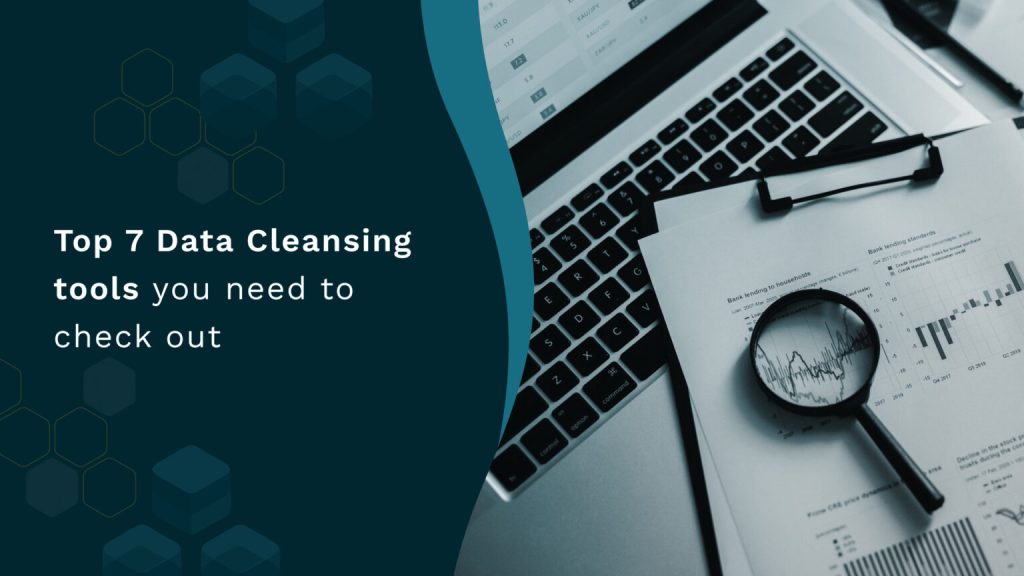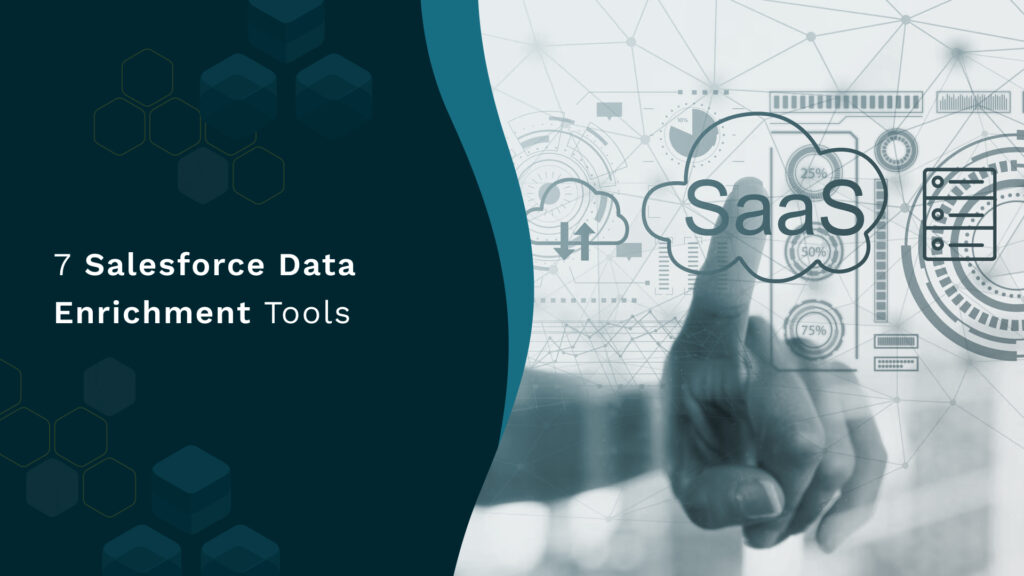Top 7 Data Cleansing Tools Blog
Top 7 Data Cleansing Tools Blog Ensure your business decisions are based on accurate data. Discover what data cleansing is, its importance, and how it can transform your messy data into a valuable asset. Learn about top data cleansing software to keep your CRM clean and efficient. Dive into our comprehensive guide to make your data work for you, not against you. 10 min What is data cleansing? Data. It’s the lifeblood of modern business, fuelling insights, driving decisions, and ultimately, shaping success in the larger picture. But raw data is often messy, riddled with inconsistencies, errors, and duplicates. This “dirty data” can lead to inaccurate analysis, flawed decision-making, and eventually wasted resources. The amount of data around us has increased and so is the need of validating its quality. As this data surge has made room for inevitable errors, companies are dabbling with the subsequent data quality checks. Did you know only 3% of data meets basic quality standards? As per Gartner, Poor data is responsible for an average of $15 million per year in losses. This is why the need for Data Cleansing is at all time high! Data cleansing, also known as data scrubbing, is the process of identifying and correcting or removing corrupt, inaccurate, or irrelevant data from your datasets. It’s essential for maintaining data integrity and ensuring your company can make accurate, informed decisions. Why Does Your Company need it? Just picture your best salesperson enthusiastically pursuing a lead only to get stuck. The phone number is wrong and the email has bounced back. Yes, it’s frustrating. This “dirty data” is battled against by reps every now and then. Inaccurate, missing or duplicated information that are in your CRM system can constitute unnecessary barriers for your reps. It’s like being lost and taking the wrong turns while traversing through a town; you may eventually arrive at your destination but after several hours of wasted efforts. Therefore, dirty data is a silent killer waiting to feast on potential opportunities in your CRM with a possible domino impact such as: Wasted Time & Resources: Data-detective mode takes over for your reps who spend hours following up cold leads, fixing mistakes or verifying details. This means that they lose significant selling time that could have been used to close deals. Missed Opportunities: Inaccurate data can be likened to a blind spot. You cannot reach existing customers via targeted advertising nor find new ones using it more effectively. What if you miss out on a big client simply because their mail account was returning an error message? Poor Decision Making: Dirty data also takes the crown when it comes to generating skewed reports and metrics. This can lead to distorted representation of things, poor business decisions and finally missed opportunities. Strained Customer Relationships: There is hardly any doubt that sending irrelevant emails or reaching out wrong individuals will yield a negative experience for customers. Your company name can be tarnished by bad data while at the same time clients can be left annoyed and made feel like digits. Doing proper data cleansing will make sense out of your chaotic data transforming it into one clean reliable source of truth. Top 7 Data Cleansing Softwares Luckily, you can tame the dirty data with several data cleansing software in the market today. A good data cleansing software can transform your messy CRM into a well-organized filing system, ready to empower your sales team. We have curated a list of top 7 data cleansing softwares for your company to choose their perfect fit. Nektar.ai Salesforce data could end up being a mess of information that can hinder the reliability of your reports. This is where Nektar.ai can help you navigate out of the clutter by putting your data hygiene on auto pilot using AI. Here’s how Nektar.ai solves the problems with data cleansing: Unmatched Sync Accuracy: Nektar.ai does not only import data at basic level, it also analyzes your records using AI algorithms for establishing links between accounts and opportunities and provides confidence scores for correct synchronization. This helps in cutting out redundant entries more importantly by enabling you to view all needed details.Time Travel for Data Retrieval: What if I told you that you can unearth the actuals of an old conversation that happened with a particular client? Nektar helps in identifying interactions like contacts, emails and meetings linked to a given domain which are then added into newly created opportunities. Its “time travel” functionality facilitates knowledge transfer among sales people and adds context to live conversations during ongoing engagement.Easy Report Creation: High-quality reporting is dependent on clean data. Nektar.ai makes it simpler to generate reports by automatically syncing contacts, emails, and meetings directly into standard Salesforce objects.Self-Healing Energy: Nektar.ai is ever learning and adjusting. It updates CRM records in response to new information by appending manual changes made by users into the system automatically.Smart Contact Automation: Nektar.ai can automatically create a contact point as well as eliminate some repetitive tasks. They are created with matching domains such that they connect with previous accounts as appropriate.Contrary to traditional data cleansing that may necessitate manual work or third party tools, Nektar.ai is an AI-powered solution that integrates well with Salesforce and does many tasks automatically. It is self-learning and ensures data always remains clean and accurate. With Nektar.ai, you can liberate your sales team from the grind of data entry and enable them to concentrate on their core function; closing deals. Openrefine Google Refine, which is now known as OpenRefine, is already a well-known open source tool. It’s an open-source software like python script that can be freely used and modified by anyone. It also helps to maintain your data in a consistent format and sorts it according to your company requirements. Apart from this, you can import data from the web sources and apply its clustering algorithms for solving complex data cleaning jobs. Where all does OpenRefine stands out? Free and Open Source: Cheap to install and allows



